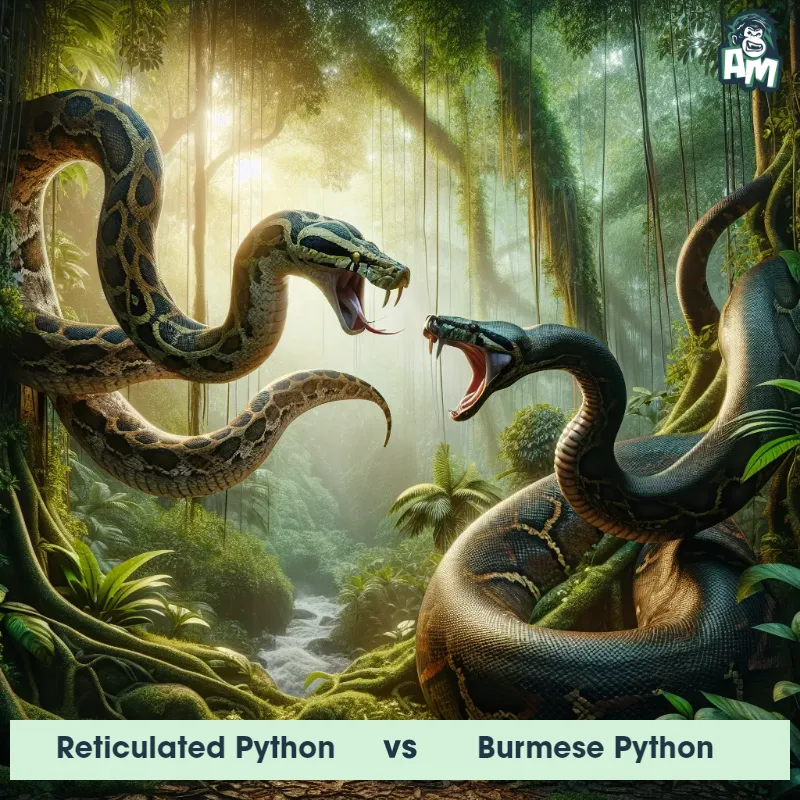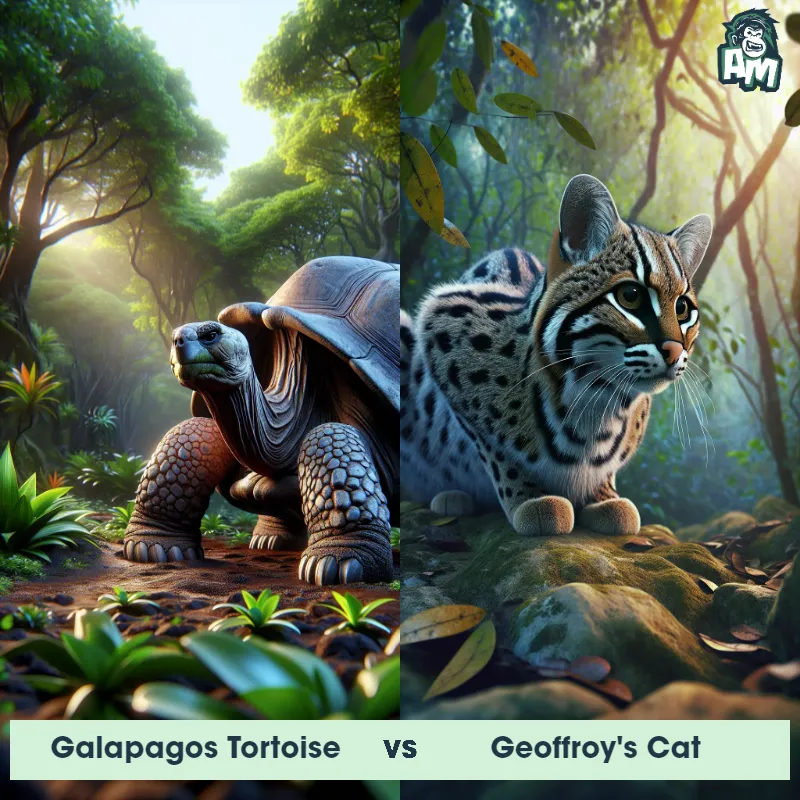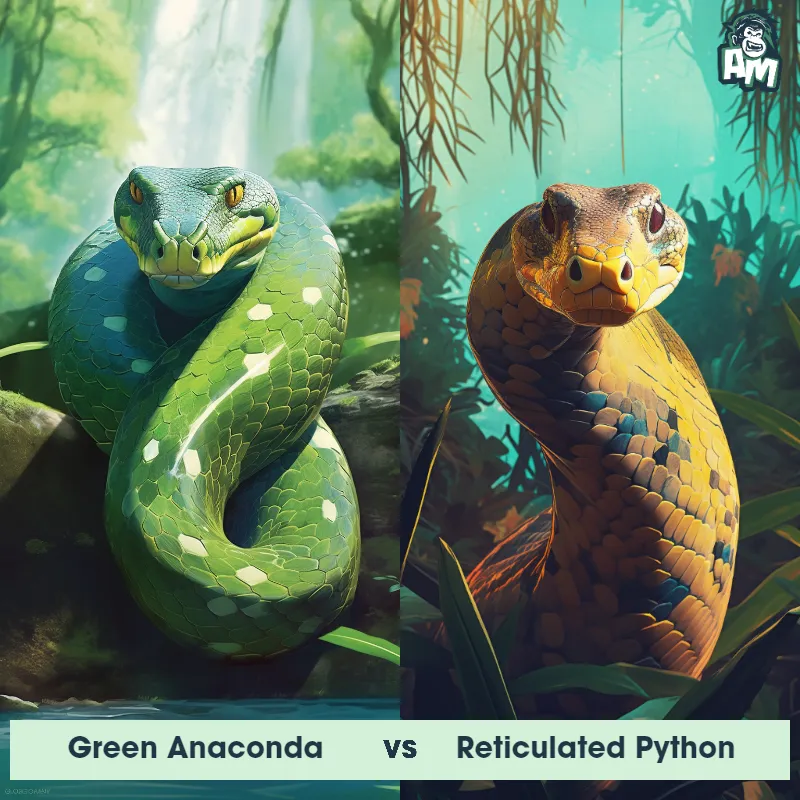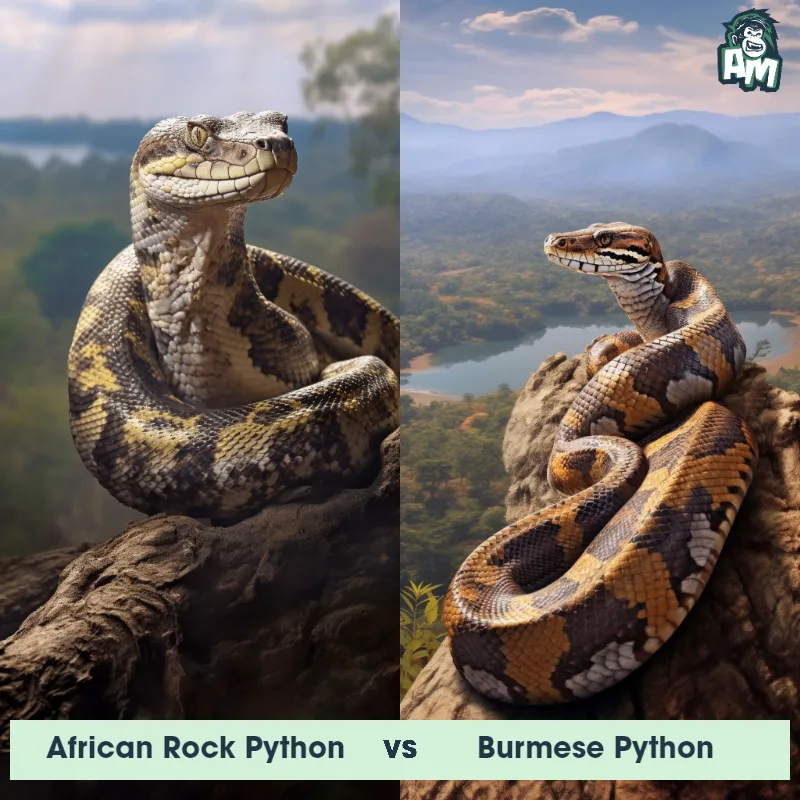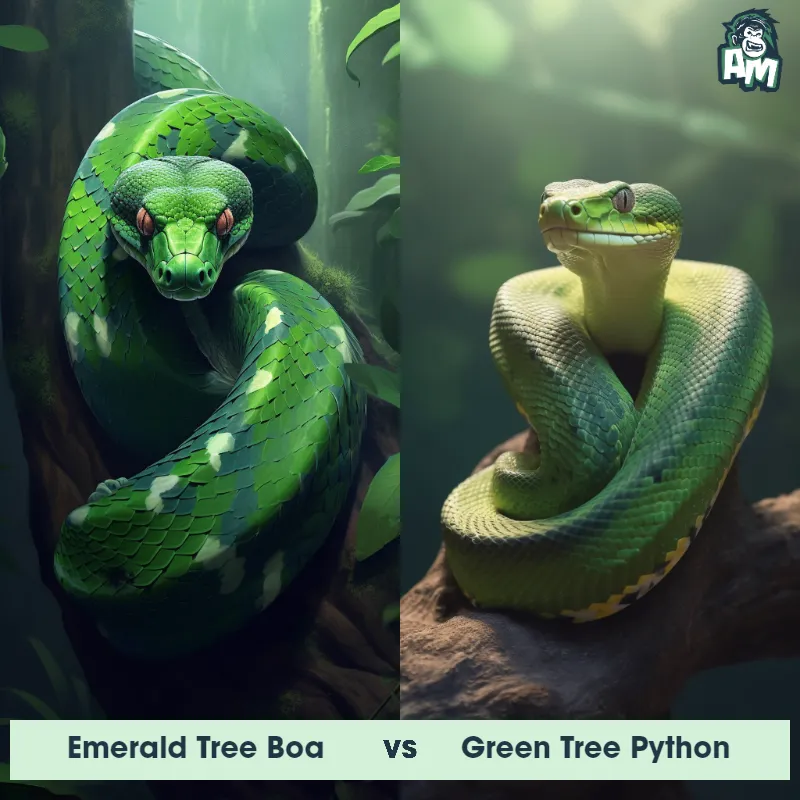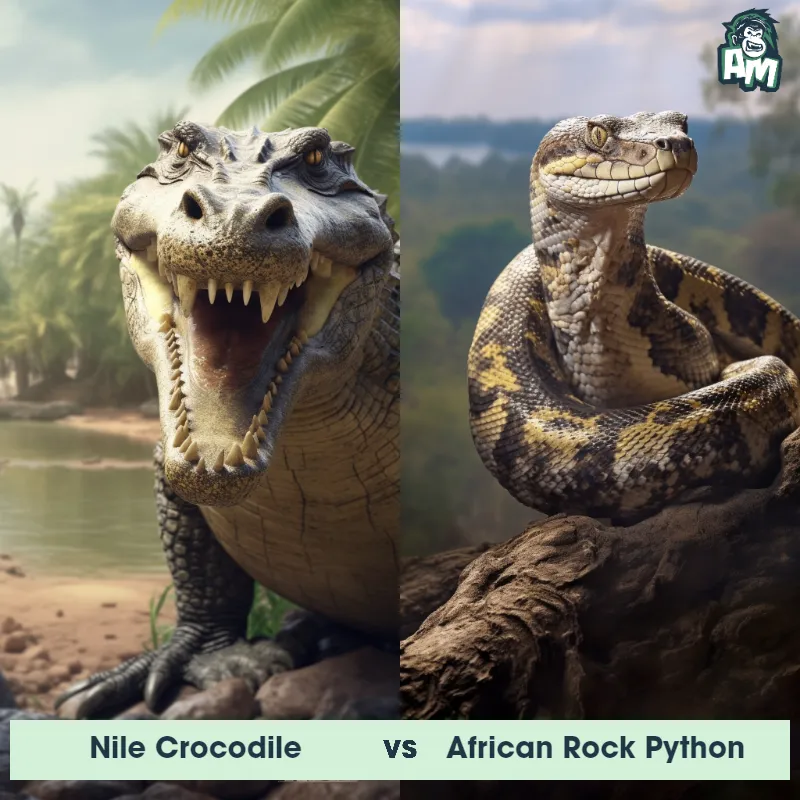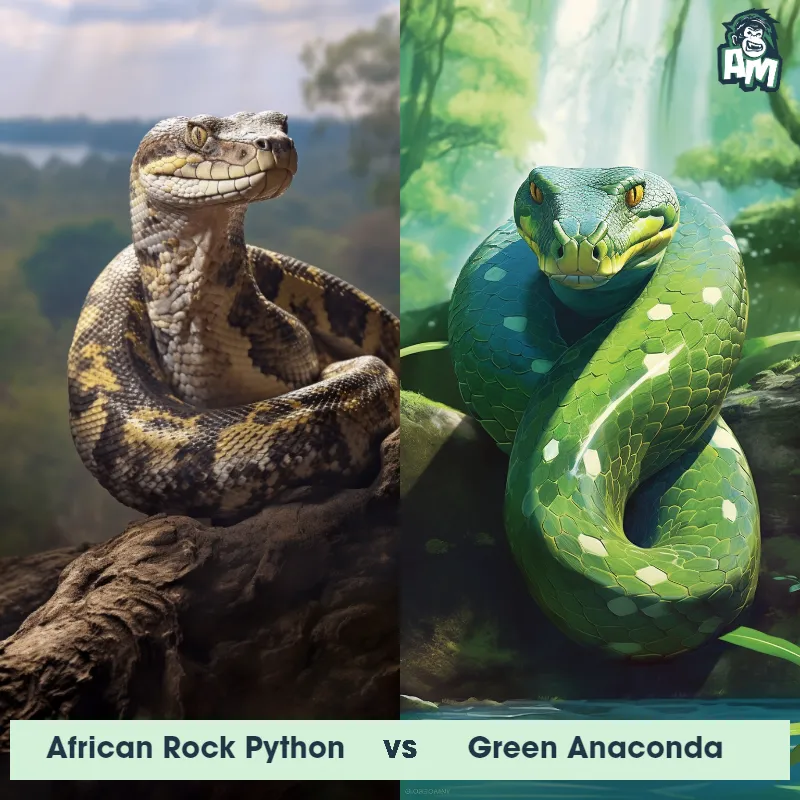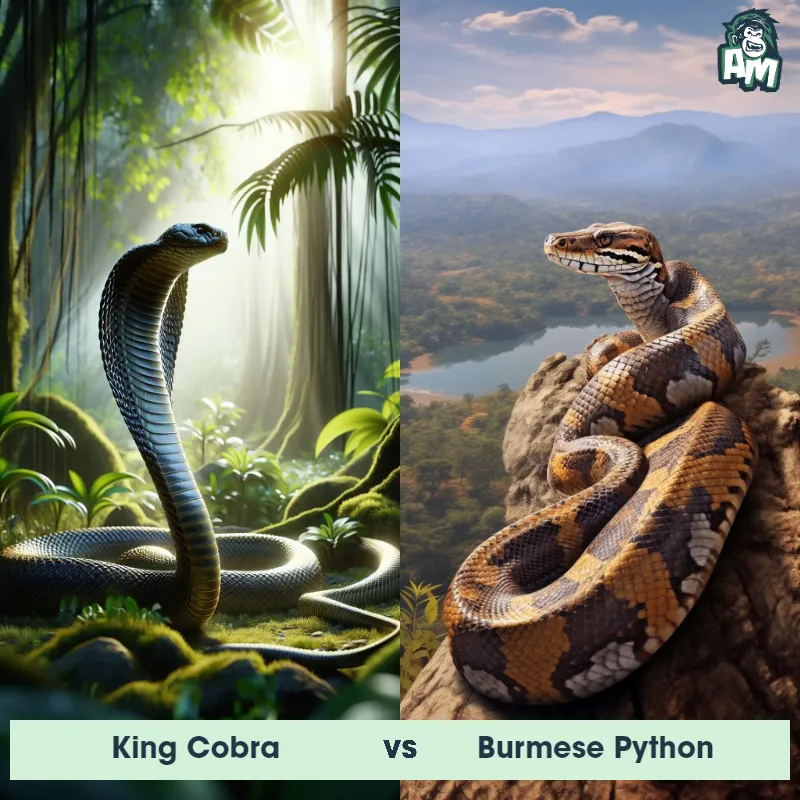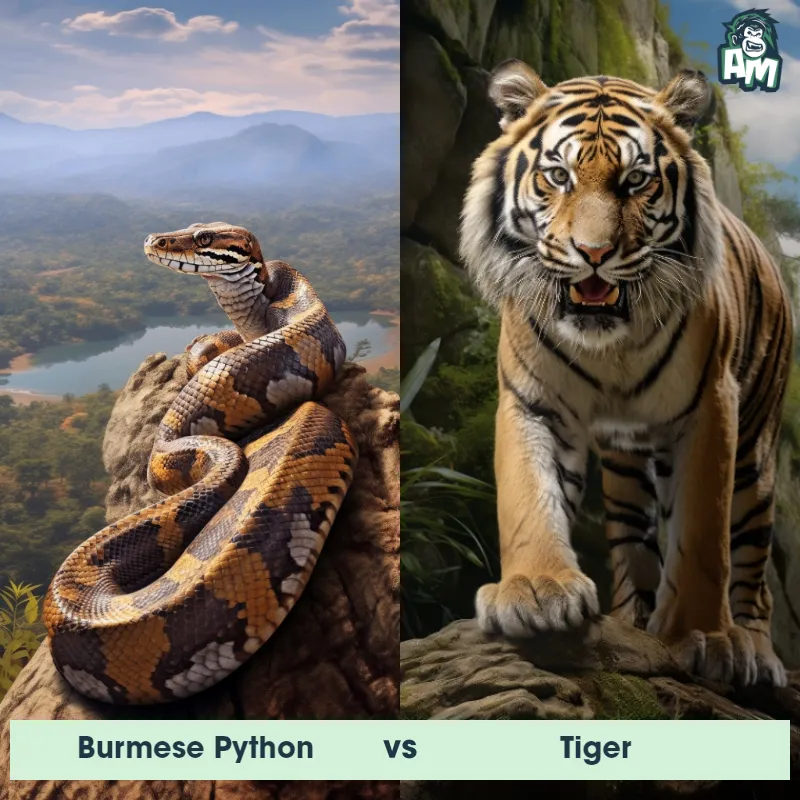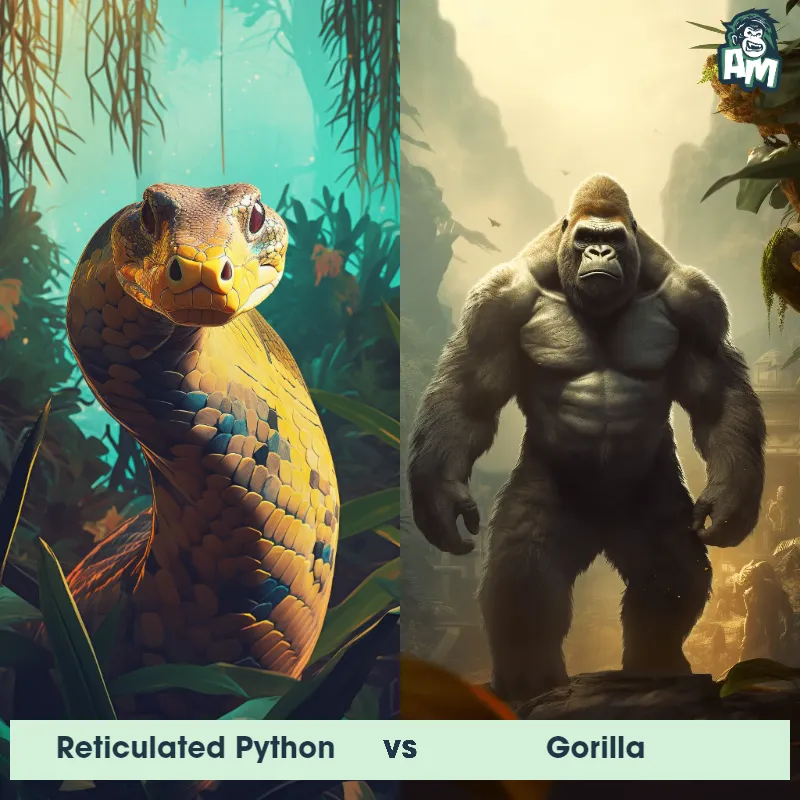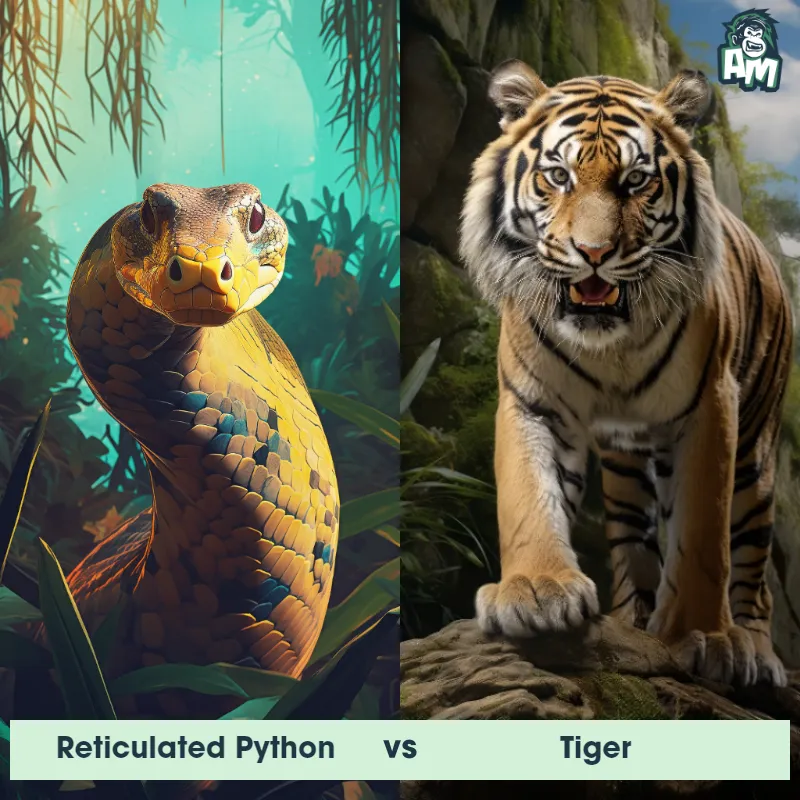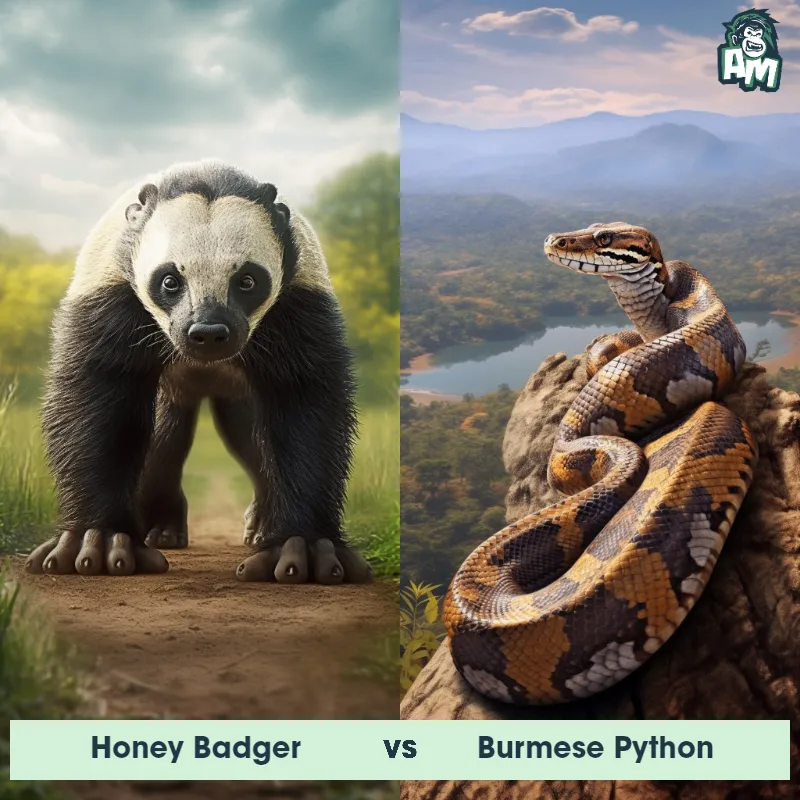Reticulated Python vs Burmese PythonSee Who Wins
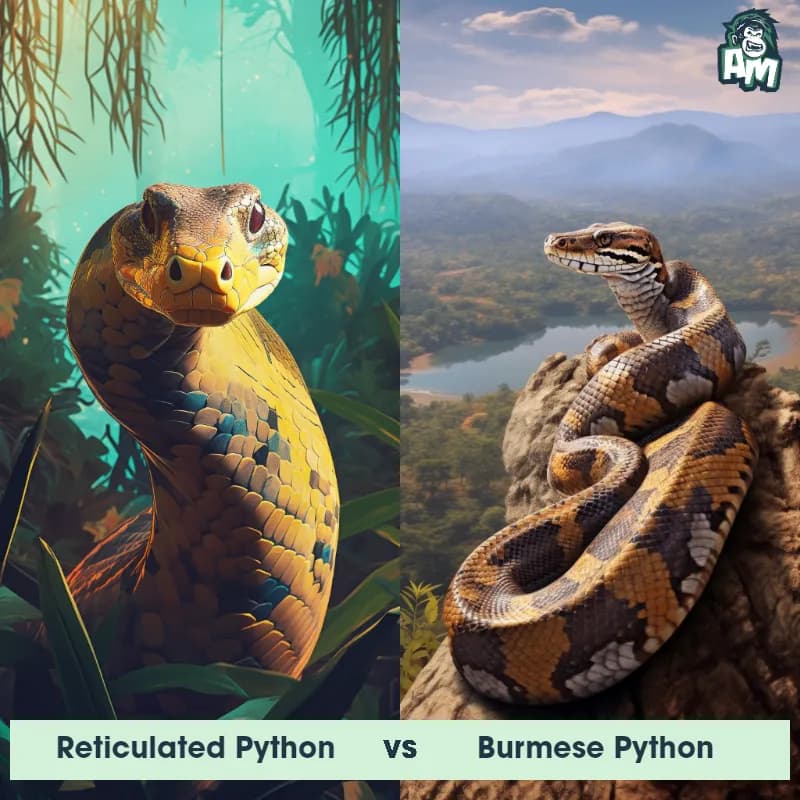
Welcome to this captivating showdown between a Reticulated Python and a Burmese Python! These two formidable constrictors will be facing off in a 3-round battle, and we'll be bringing you all the action live. Without further ado, let's dive into the first round!
Contender 1: Reticulated Python
The Reticulated Python, also known as the Python reticulatus, is a species of snake that is native to Southeast Asia. It is one of the largest snakes in the world, with some individuals reaching lengths of over 30 feet. The snake has a distinctive pattern of diamond-shaped scales that are colored in shades of brown and black. It is a non-venomous constrictor that feeds on a variety of prey, including birds, mammals, and reptiles.
Fun Fact: Reticulated Pythons are excellent swimmers and can stay underwater for up to 30 minutes at a time.
Contender 2: Burmese Python
The Burmese Python, also known as Python bivittatus, is one of the largest snakes in the world, growing up to 23 feet in length and weighing up to 200 pounds. They have a distinctive pattern of brown and tan scales with dark blotches, and their heads are shaped like a triangle. Burmese Pythons are non-venomous and kill their prey by constriction, squeezing their prey until it suffocates.
Fun Fact: Burmese Pythons are excellent swimmers and can stay underwater for up to 30 minutes at a time.
Matchup Stats
| Reticulated Python | Burmese Python | |
|---|---|---|
| Size | Up to 30 feet (9.1 meters) | Up to 23 feet (7 meters) |
| Weight | Up to 350 pounds (159 kilograms) | Up to 200 pounds (91 kilograms) |
| Speed | Speed: 5 mph (8 km/hr) | Speed: 5 mph (8 km/hr) |
| Key Strength | Constriction | Constriction |
| Biggest Weakness | Vulnerable to attacks from multiple predators | Vulnerable to attacks on the head |
Current Votes
Reticulated Python vs Burmese Python
See Who Wins
Match Highlights
View More Matches
Looking For More?
Similar Matches
Scientific Stats
| Reticulated Python | Burmese Python | |
|---|---|---|
| Scientific Name | Python reticulatus | Python bivittatus |
| Family | Pythonidae | Pythonidae |
| Habitat | Forests, grasslands, and swamps | Terrestrial |
| Geography | Southeast Asia | Southeast Asia |
| Diet | Birds, mammals, and reptiles | Carnivorous, preys on mammals, birds, and reptiles |
| Lifespan | 20 years - 30 years | 20 years - 30 years |
Key Differences between Reticulated Python and Burmese Python
- Coloration: The Reticulated Python has a more intricate and defined pattern of dark brown or black markings on a lighter background, while the Burmese Python has a more irregular pattern of brown or gold markings on a darker background.
- Habitat: The Reticulated Python is found primarily in Southeast Asia, while the Burmese Python is found in Southeast Asia and parts of South Asia.
- Scales: The scales of the Reticulated Python are smoother and more uniform in size, while the scales of the Burmese Python are more irregular in size and shape.
- Size: The Burmese Python is generally larger than the Reticulated Python, with adults reaching lengths of up to 23 feet, while the Reticulated Python typically grows to around 20 feet.
- Diet: The Reticulated Python feeds primarily on mammals, while the Burmese Python feeds on a wider variety of prey, including birds, reptiles, and mammals.



